2025 Porsche 911 Carrera GTS Debuts Awesome T-Hybrid With New Single-Turbo 3.6-Liter Engine

After years of racing, testing and teasing — and having sold hundreds of thousands of hybrid and electric versions of other models — Porsche’s first production 911 hybrid is here. Introduced as part of the 992 generation’s facelift for 2025, the updated Porsche 911 Carrera GTS is only available with a new T-Hybrid powertrain that is all about performance.
Andy Got a Brand-New Porsche 911 (Made of Legos)
The basis of the T-Hybrid setup is a brand new engine, which I was not expecting. Instead of a twin-turbo 3.0-liter flat-6 like before, the new GTS has a single-turbo 3.6-liter flat-6. With the new high-voltage system Porsche could electrically power the air conditioning compressor, taking away the need for a belt drive and allowing for the motor to be more compact. Bore and stroke were increased to 97 mm and 81 mm respectively, and displacement was bored out to 3.6 liters. On its own, the engine makes 478 horsepower and 420 pound-feet of torque, 5 hp up from the old GTS’ engine.
Photo: Porsche
That single turbocharger is new and electrically driven, with the motor placed between the compressor and turbine wheels to quickly build boost. The electric motor inside the turbo can produce up to 15 hp on its own by using the exhaust gas stream and acting as a generator, and because the turbo doesn’t have a wastegate Porsche says it was able to get away with just one turbocharger instead of two. In a world where basically every high-performance engine is smaller and has a twin-turbo setup, Porsche going bigger in displacement and back to a single turbo is pretty awesome.
Integrated into the 8-speed PDK dual-clutch gearbox is a permanently excited synchronous motor that makes 54 hp and 110 lb-ft. The 400-volt high-voltage battery holds 1.9 kWh of energy, and it’s placed in the frunk where the 12-volt battery would normally go — Porsche says its size and weight are the same — with the 12-volt now a lightweight lithium-ion unit that’s moved to behind the rear parcel shelf. As for total weight gain, the new 911 Carrera GTS coupe is only 103 pounds heavier than last year’s model.
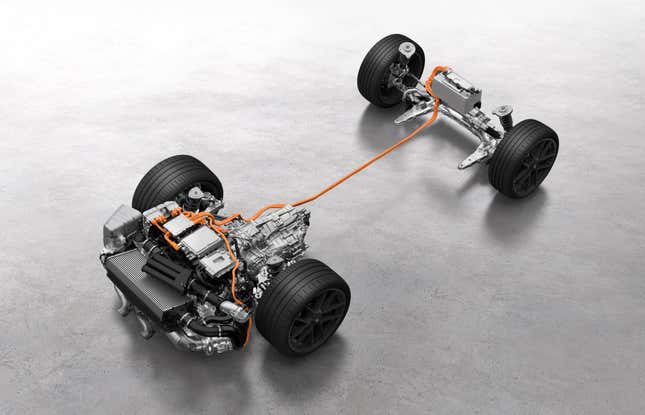
Photo: Porsche
Total output with the hybrid system included is 532 horsepower and 449 lb-ft, increases of 59 hp and 29 lb-ft over the nonhybrid 2024 model. Porsche says the 2025 Carrera GTS will hit 60 mph in as little as 2.9 seconds and will reach a top speed of up to 194 mph, 0.3 second quicker and 1 mph faster than before. Porsche seriously underrates its performance numbers too, so the GTS will likely hit 60 mph in closer to 2.5 seconds, and the all-wheel-drive Carrera 4 GTS versions might be a smidge quicker.
Rear-axle steering is now standard, and the GTS has adaptive dampers and a 0.4-inch-lower ride height. The optional Porsche Dynamic Chassis Control (PDCC)’s roll stabilization function is now integrated with the hybrid system and is electro-hydraulically controlled. The GTS has a staggered wheel setup in both size and width: 245/35ZR-20s up front and 315/30ZR-21s in the back, the latter of which are 10 mm wider than before. One new wheel design has carbon-fiber aeroblades that increase efficiency.
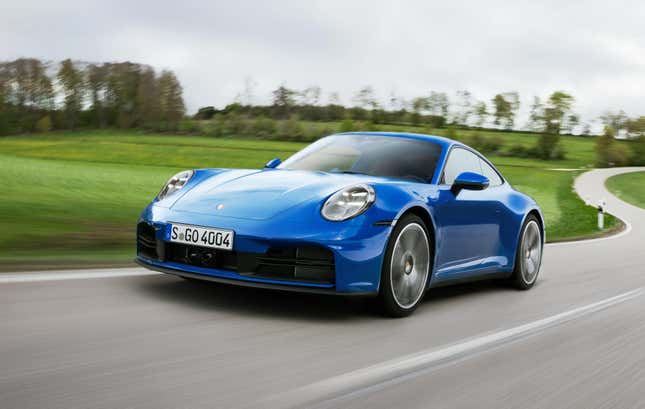
This one is a base CarreraPhoto: Porsche
The non-GTS versions of the 911 Carrera get upgrades too, though they aren’t as extensive. The base Carrera now has the intercooler from the 911 Turbo and the turbochargers from the old Carrera GTS, and it now makes 388 hp and 331 lb-ft, 9 hp more than before. Porsche has yet to detail the Carrera S, which as usual should have more power and more standard features than the base Carrera.
Porsche says the 992 facelift’s styling updates were mainly focused on improving aerodynamics and performance. Instead of having separate running lights in the front bumper all of the lighting elements are found within the standard LED matrix lights, which meant the bumper intakes could be larger. The rear decklid grille has a cooler design with five strakes on each side of the center light, and the redesigned taillight bar has new Porsche lettering. Every model has its own unique exhaust design, with the tips located in different parts of the updated diffusers.
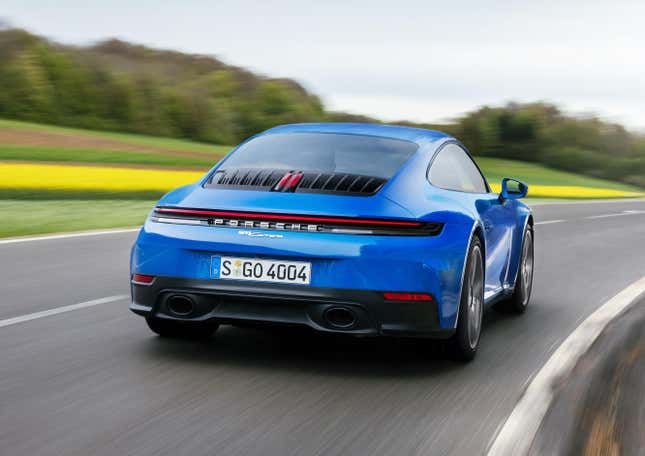
Photo: Porsche
As with the outgoing 911 you can spec an Aerokit that has different front and rear fascias and a fixed wing that increases downforce. Standard on the GTS are new active-aerodynamic elements, the most noticeable of which are the five vertical air flaps in each side of the front fascia. There are also adaptive diffusers in the front underbody that can funnel air into the radiators when needed.
The second-generation Mercedes-AMG GT gained an optional rear seat in a bid to better compete with the 2+2 911, but now Porsche is flipping the script, making the 911 now come standard with only two seats — the 2+2 configuration is a no-cost option. For the first time in a 911 the car has a start button, but don’t worry, it’s located to the left of the steering wheel, which itself has a new drive-mode switch and a redesigned driver-assistance control stalk.
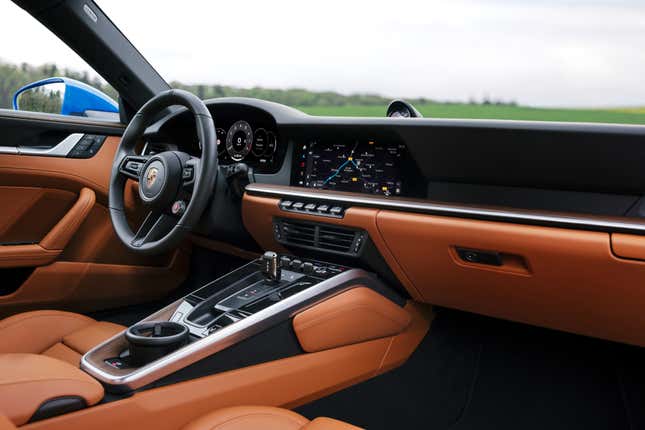
Photo: Porsche
Another 911 first is the fully digital gauge cluster, using a curved 12.6-inch display like what we’ve seen in other Porsches. Purists will surely moan about the lack of a physical tachometer — the only analog thing that had been left in the 992’s gauge cluster — but the screen offers seven different layouts including one retro scheme based on the old five-tube design. The 10.9-inch central touchscreen is running Porsche’s latest PCM infotainment software, which has a number of new apps and improved usability, and the system features more extensive Apple CarPlay integration.
The updated Porsche 911 Carrera and Carrera GTS are available to order now, with deliveries of the base cars set to start in the fall and the GTS T-Hybrid to follow at the end of the year. The 2025 Carrera starts at $122,095 including $1,995 for destination, $6,050 more than last year’s model, while the 2025 Carrera GTS costs $166,895, an increase of $14,345. Both new models come with a number of niceties and tech features that were previously optional, like ambient lighting, lane-keeping assist and the LED headlights, making the price increases amount to just a few thousand dollars each.

Photo: Porsche
Going for the cabriolet or Targa body style will cost you $13,300 more than a coupe, and the Targa is currently only available in GTS form. Adding all-wheel drive to your new Carrera GTS costs $7,800 regardless of body style, but Porsche hasn’t announced a base Carrera 4 yet. Expect the missing powertrain and body combinations to be unveiled in short order.
In typical Porsche fashion the 911 Carrera GTS T-Hybrid won’t remain the shiniest, most powerful, most exciting 911 hybrid for long. The updated 911 Turbo will also be using a hybrid powertrain, likely with more than 700 horsepower, and a balls-to-the-wall GT2 RS will come just a few years later. Rumors have also pointed to the 992.2 getting Sport Classic and Dakar-like models as permanent trims in the lineup.
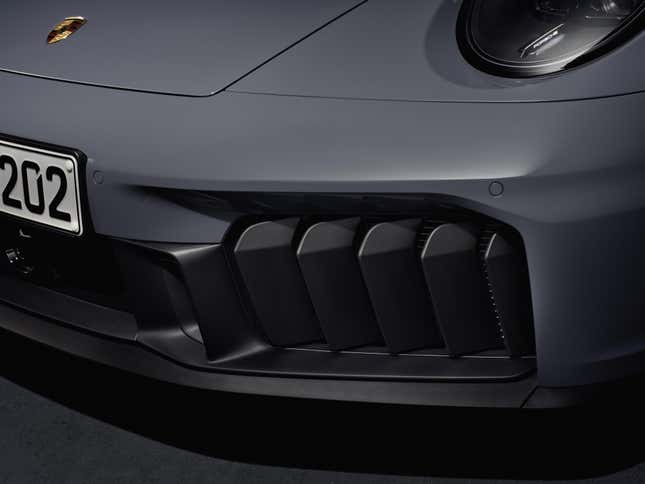
Photo: Porsche
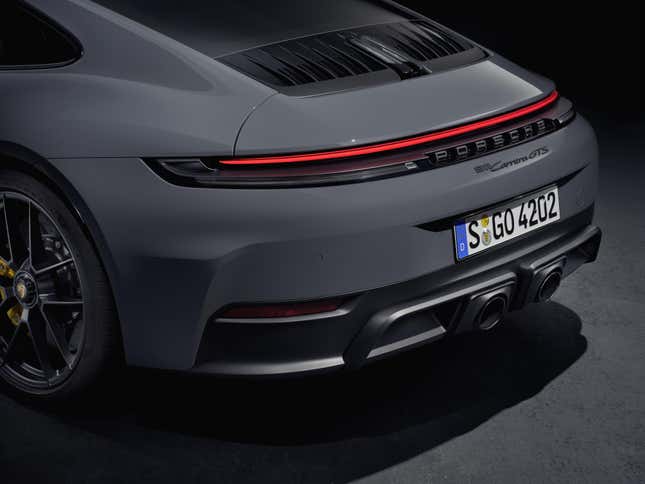
Photo: Porsche
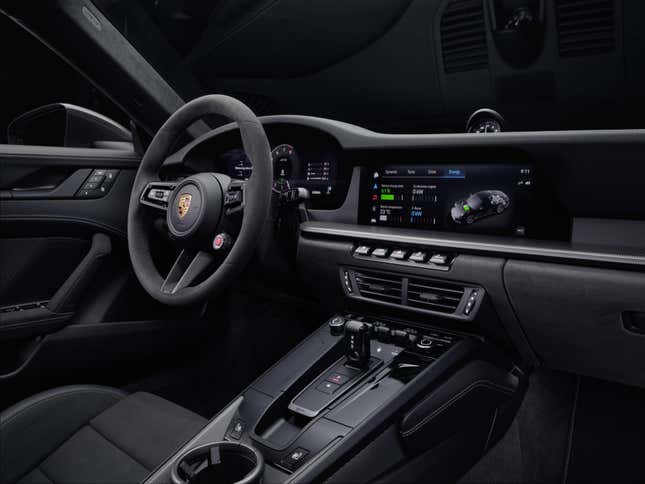
Photo: Porsche
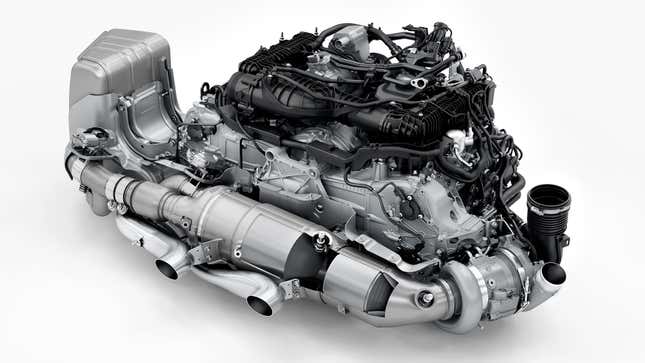
Photo: Porsche
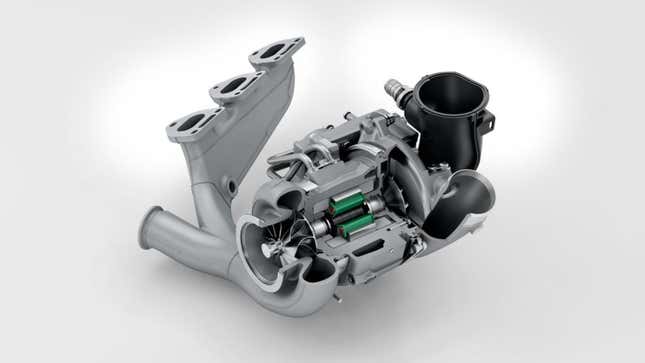
Photo: Porsche



